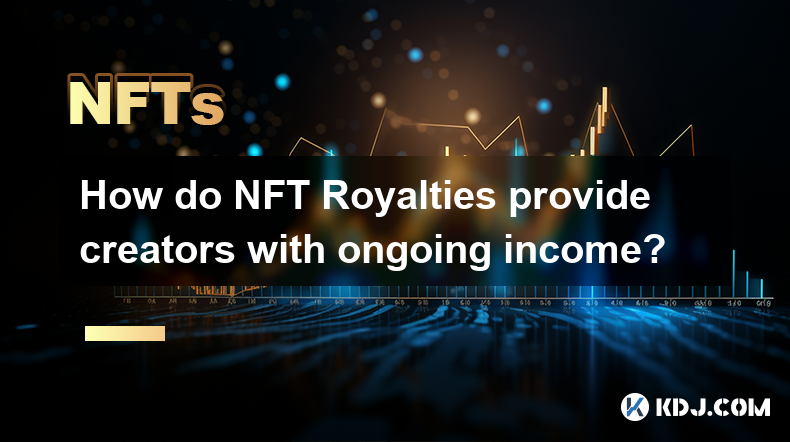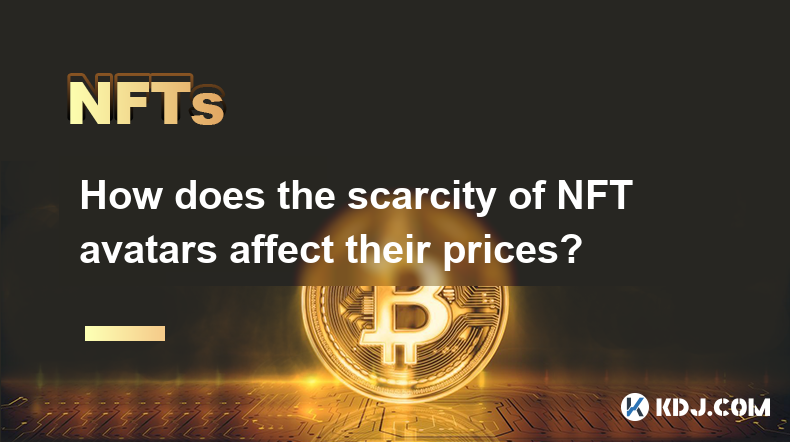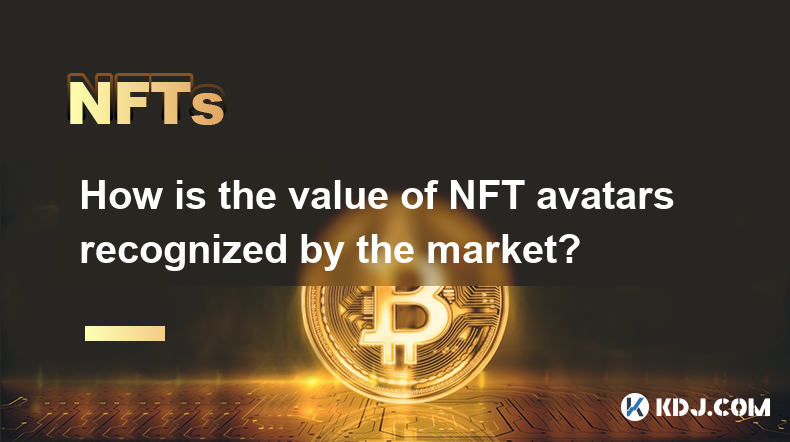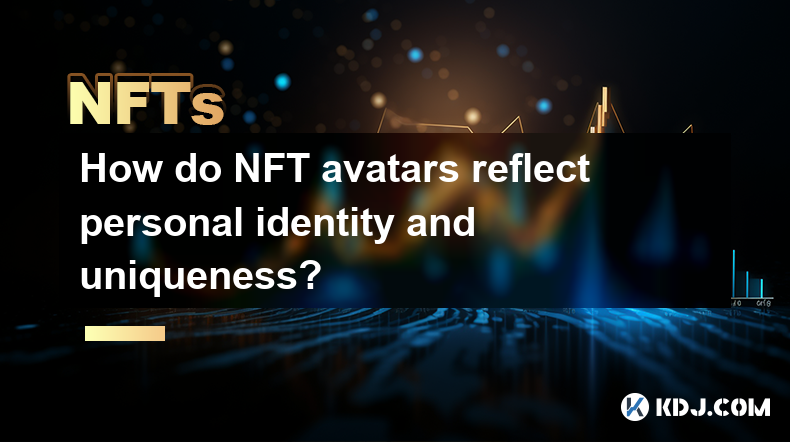-
 Bitcoin
Bitcoin $82,888.2507
0.21% -
 Ethereum
Ethereum $1,826.4116
0.80% -
 Tether USDt
Tether USDt $0.9998
0.01% -
 XRP
XRP $2.0924
-2.17% -
 BNB
BNB $600.4086
-0.52% -
 Solana
Solana $126.0638
1.46% -
 USDC
USDC $0.9999
-0.01% -
 Dogecoin
Dogecoin $0.1640
-2.63% -
 Cardano
Cardano $0.6498
-2.77% -
 TRON
TRON $0.2356
2.43% -
 Toncoin
Toncoin $3.9911
5.30% -
 Chainlink
Chainlink $13.4207
-0.87% -
 UNUS SED LEO
UNUS SED LEO $9.0861
-6.24% -
 Stellar
Stellar $0.2672
0.13% -
 Avalanche
Avalanche $18.7915
-2.46% -
 Shiba Inu
Shiba Inu $0.0...01227
-2.25% -
 Sui
Sui $2.2578
-3.57% -
 Hedera
Hedera $0.1630
-3.90% -
 Polkadot
Polkadot $4.0311
-0.30% -
 MANTRA
MANTRA $6.3127
1.62% -
 Litecoin
Litecoin $82.2584
-3.82% -
 Bitcoin Cash
Bitcoin Cash $300.3792
-1.34% -
 Bitget Token
Bitget Token $4.4887
-1.64% -
 Dai
Dai $0.9999
0.00% -
 Ethena USDe
Ethena USDe $0.9999
0.02% -
 Pi
Pi $0.7023
-7.73% -
 Hyperliquid
Hyperliquid $12.7602
2.76% -
 Monero
Monero $216.6686
0.09% -
 Uniswap
Uniswap $5.9473
0.32% -
 Aptos
Aptos $5.3341
1.57%
How do NFT Royalties provide creators with ongoing income?
NFT royalties, automated via smart contracts, provide creators with ongoing income from secondary NFT sales. However, enforcement varies across marketplaces, posing challenges to consistent royalty payments.
Mar 13, 2025 at 07:50 pm

Key Points:
- NFT royalties are a percentage of the sale price paid to the original creator each time their NFT is resold on secondary marketplaces.
- Smart contracts automate the royalty payment process, ensuring creators receive their share.
- Different marketplaces and blockchains have varying royalty implementation methods and enforcement.
- Creators can use royalties to fund future projects, build community, and achieve long-term financial stability.
- Challenges exist, including royalty evasion and inconsistent enforcement across platforms.
How do NFT Royalties Provide Creators with Ongoing Income?
Non-Fungible Tokens (NFTs) have revolutionized digital art and collectibles, offering creators a novel way to monetize their work. A crucial aspect of this revolution is the concept of NFT royalties, a mechanism designed to provide artists with ongoing income streams beyond the initial sale of their digital assets. This system works by embedding a percentage-based royalty into the NFT's smart contract.
This smart contract acts as an automated payment system. Every time the NFT changes hands on a secondary marketplace, a predetermined percentage of the sale price is automatically transferred to the original creator. This ensures a passive income stream for artists, unlike traditional art sales where income is typically limited to the first sale.
How Smart Contracts Facilitate Royalty Payments:
The magic behind automated royalty payments lies within the smart contract code. This code is immutable, meaning it cannot be altered once deployed on the blockchain. It specifies the royalty percentage, the creator's wallet address, and the mechanism for transferring funds. When a sale occurs, the smart contract automatically executes the payment, sending the royalty to the designated wallet.
This automated system eliminates the need for manual tracking and payment processing, reducing the risk of disputes and ensuring creators receive their due. It promotes transparency and trust between creators and buyers, fostering a more equitable system for digital art creators.
Variations in Royalty Implementation:
While the core concept of NFT royalties remains consistent, the implementation varies across different marketplaces and blockchains. Some marketplaces fully enforce royalty payments, while others offer only partial enforcement or none at all. This variation stems from different approaches to smart contract integration and marketplace policies.
The blockchain itself also plays a role. Some blockchains offer better tools and features for royalty implementation than others. Understanding these differences is vital for creators choosing where to mint and sell their NFTs to maximize their royalty earnings.
Strategies for Maximizing Royalty Income:
For creators, leveraging NFT royalties effectively requires careful planning and strategic choices. One important aspect is choosing a marketplace known for its robust royalty enforcement mechanisms. This ensures that a larger percentage of your royalties are actually collected.
Furthermore, building a strong community around your work can indirectly increase royalty income. A thriving community often leads to increased demand for your NFTs, resulting in more resales and therefore, higher royalty payments. This engagement also builds brand loyalty and enhances the perceived value of your NFTs.
Challenges and Limitations of NFT Royalties:
Despite the benefits, several challenges hinder the effectiveness of NFT royalties. One significant issue is royalty evasion. Some marketplaces or individuals may circumvent the smart contract mechanisms to avoid paying royalties. This often happens on less regulated marketplaces.
Another challenge lies in the lack of consistent enforcement across different platforms. While some platforms diligently enforce royalties, others offer little to no protection, leaving creators vulnerable to losses. This inconsistency creates a complex landscape for creators navigating the NFT ecosystem.
Understanding the Different Blockchain Approaches:
Different blockchains handle NFT royalties in diverse ways. Ethereum, a pioneer in NFT technology, has well-established royalty standards. However, other blockchains might have different mechanisms or levels of enforcement. Understanding the specifics of each blockchain is crucial for creators aiming to optimize their royalty income.
Choosing a blockchain with strong royalty support ensures that the smart contract is properly executed and that the payments are securely transferred. Some newer blockchains are actively working on improving their royalty systems to provide creators with better protection and enforcement.
How Royalty Percentages are Determined:
The royalty percentage is determined by the creator at the time of minting the NFT. This percentage is then embedded into the smart contract, becoming a permanent part of the NFT's metadata. While common percentages are between 5% and 10%, creators have the autonomy to set any percentage they deem appropriate.
This flexibility allows creators to balance their desire for ongoing income with the potential impact on the NFT's resale price. A higher royalty percentage might discourage some buyers, while a lower percentage could lead to increased sales but lower overall royalty income.
The Role of Marketplaces in Royalty Enforcement:
Marketplaces play a vital role in enforcing NFT royalties. Reputable marketplaces actively integrate smart contract functionality to automatically collect and distribute royalties. They also actively monitor transactions to detect and prevent royalty evasion.
However, some marketplaces might prioritize ease of use and accessibility over strict enforcement. This can lead to situations where creators don't receive their full royalties. Therefore, carefully researching the royalty policies of different marketplaces before listing your NFTs is crucial.
Long-Term Financial Planning with NFT Royalties:
NFT royalties provide creators with a potential for long-term financial stability. This passive income stream can be a valuable asset, enabling artists to continue their creative work without solely relying on initial sales. It allows for more creative freedom and reduces the financial pressure to constantly produce new work.
By carefully managing their royalty income, creators can reinvest in their projects, explore new artistic avenues, and build stronger connections with their communities. This long-term perspective distinguishes NFT royalties from traditional art sales, offering a unique path to sustainable artistic careers.
Common Questions and Answers:
Q: Can I change the royalty percentage after minting the NFT?
A: No, the royalty percentage is set in the smart contract during minting and cannot be changed afterward. It's a permanent feature of the NFT.
Q: What happens if a marketplace doesn't enforce royalties?
A: If a marketplace doesn't enforce royalties, creators may not receive any payment from secondary sales, despite the royalty percentage being embedded in the smart contract.
Q: Are royalties paid on all secondary sales?
A: Ideally, yes. However, the actual payment depends on the marketplace's enforcement and whether the buyer and seller comply with the smart contract's terms.
Q: How are royalties taxed?
A: The tax implications of NFT royalties vary depending on your location and local tax laws. It's crucial to consult a tax professional for personalized advice.
Q: Can I use a different wallet address for royalty payments?
A: While some platforms might allow changes, this isn't always possible. It's best to ensure you have the correct wallet address at the time of minting.
Disclaimer:info@kdj.com
The information provided is not trading advice. kdj.com does not assume any responsibility for any investments made based on the information provided in this article. Cryptocurrencies are highly volatile and it is highly recommended that you invest with caution after thorough research!
If you believe that the content used on this website infringes your copyright, please contact us immediately (info@kdj.com) and we will delete it promptly.
- X2Y2 NFT marketplace is shutting down after three years of operation
- 2025-03-31 22:40:13
- The Meme Index ($MEMEX) presale wraps up at 2 p.m. UTC, with over $4.5 million raised.
- 2025-03-31 22:40:13
- Coinbase Global (COIN) Stock Is About to Form the Dreaded Death Cross Pattern
- 2025-03-31 22:35:13
- The Evolution of Metis: A Pioneering Infrastructure Beyond a Single L2
- 2025-03-31 22:35:13
- As the Countdown to Launch Begins, This Meme Coin Project Intertwines One of the Most Compelling Adventurous Stories
- 2025-03-31 22:30:12
- Dawgz AI (DAGZ) Token, the Smartest Bet for 2025
- 2025-03-31 22:30:12
Related knowledge

How does the scarcity of NFT avatars affect their prices?
Mar 25,2025 at 11:07pm
Key Points:Limited Supply: NFT avatar scarcity is directly tied to the fixed supply of a collection. A smaller number of unique avatars inherently increases their value due to higher demand.Demand Dynamics: High demand, fueled by factors like community hype, celebrity endorsements, and utility within a metaverse, significantly inflates prices.Rarity Att...

Can NFT avatars be copied or stolen?
Mar 21,2025 at 06:35am
Key Points:NFTs, by their nature, are unique and verifiable on the blockchain. However, the image associated with an NFT avatar can be copied.Copying an image doesn't grant ownership of the NFT itself. The original NFT and its ownership remain on the blockchain.Theft of an NFT involves gaining unauthorized access to a cryptocurrency wallet holding the N...

What is the creation process of NFT avatars?
Mar 19,2025 at 09:15pm
Key Points:NFT avatar creation begins with a concept and design.Various digital art tools and techniques are employed.Minting the avatar involves choosing a blockchain and marketplace.Metadata is crucial for defining the avatar's attributes.Promotion and marketing are vital for visibility and sales.What is the creation process of NFT avatars?The creatio...

Why do celebrities use NFT avatars as personal identification?
Mar 20,2025 at 07:15pm
Key Points:NFTs offer celebrities a unique and verifiable digital identity, distinct from easily imitated social media profiles.Using NFT avatars allows celebrities to control their online image and branding more effectively.NFT avatars can provide celebrities with new revenue streams through sales, licensing, and community building.The use of NFT avata...

How is the value of NFT avatars recognized by the market?
Mar 21,2025 at 05:49am
Key Points:NFT avatar value is subjective and influenced by various factors, lacking a universally accepted valuation metric.Rarity, provenance, utility, community engagement, and the project's overall success significantly impact an avatar's value.Market demand, driven by trends, hype, and influencer adoption, plays a crucial role in price fluctuations...

How do NFT avatars reflect personal identity and uniqueness?
Mar 21,2025 at 12:00pm
Key Points:NFT avatars are unique digital representations, verifiable on the blockchain, offering a distinct online identity.Ownership and scarcity drive the value and perceived uniqueness of NFT avatars, reflecting personal investment and commitment.Customization options, from initial design to in-game attributes, allow for expression of individuality....

How does the scarcity of NFT avatars affect their prices?
Mar 25,2025 at 11:07pm
Key Points:Limited Supply: NFT avatar scarcity is directly tied to the fixed supply of a collection. A smaller number of unique avatars inherently increases their value due to higher demand.Demand Dynamics: High demand, fueled by factors like community hype, celebrity endorsements, and utility within a metaverse, significantly inflates prices.Rarity Att...

Can NFT avatars be copied or stolen?
Mar 21,2025 at 06:35am
Key Points:NFTs, by their nature, are unique and verifiable on the blockchain. However, the image associated with an NFT avatar can be copied.Copying an image doesn't grant ownership of the NFT itself. The original NFT and its ownership remain on the blockchain.Theft of an NFT involves gaining unauthorized access to a cryptocurrency wallet holding the N...

What is the creation process of NFT avatars?
Mar 19,2025 at 09:15pm
Key Points:NFT avatar creation begins with a concept and design.Various digital art tools and techniques are employed.Minting the avatar involves choosing a blockchain and marketplace.Metadata is crucial for defining the avatar's attributes.Promotion and marketing are vital for visibility and sales.What is the creation process of NFT avatars?The creatio...

Why do celebrities use NFT avatars as personal identification?
Mar 20,2025 at 07:15pm
Key Points:NFTs offer celebrities a unique and verifiable digital identity, distinct from easily imitated social media profiles.Using NFT avatars allows celebrities to control their online image and branding more effectively.NFT avatars can provide celebrities with new revenue streams through sales, licensing, and community building.The use of NFT avata...

How is the value of NFT avatars recognized by the market?
Mar 21,2025 at 05:49am
Key Points:NFT avatar value is subjective and influenced by various factors, lacking a universally accepted valuation metric.Rarity, provenance, utility, community engagement, and the project's overall success significantly impact an avatar's value.Market demand, driven by trends, hype, and influencer adoption, plays a crucial role in price fluctuations...

How do NFT avatars reflect personal identity and uniqueness?
Mar 21,2025 at 12:00pm
Key Points:NFT avatars are unique digital representations, verifiable on the blockchain, offering a distinct online identity.Ownership and scarcity drive the value and perceived uniqueness of NFT avatars, reflecting personal investment and commitment.Customization options, from initial design to in-game attributes, allow for expression of individuality....
See all articles






















































































